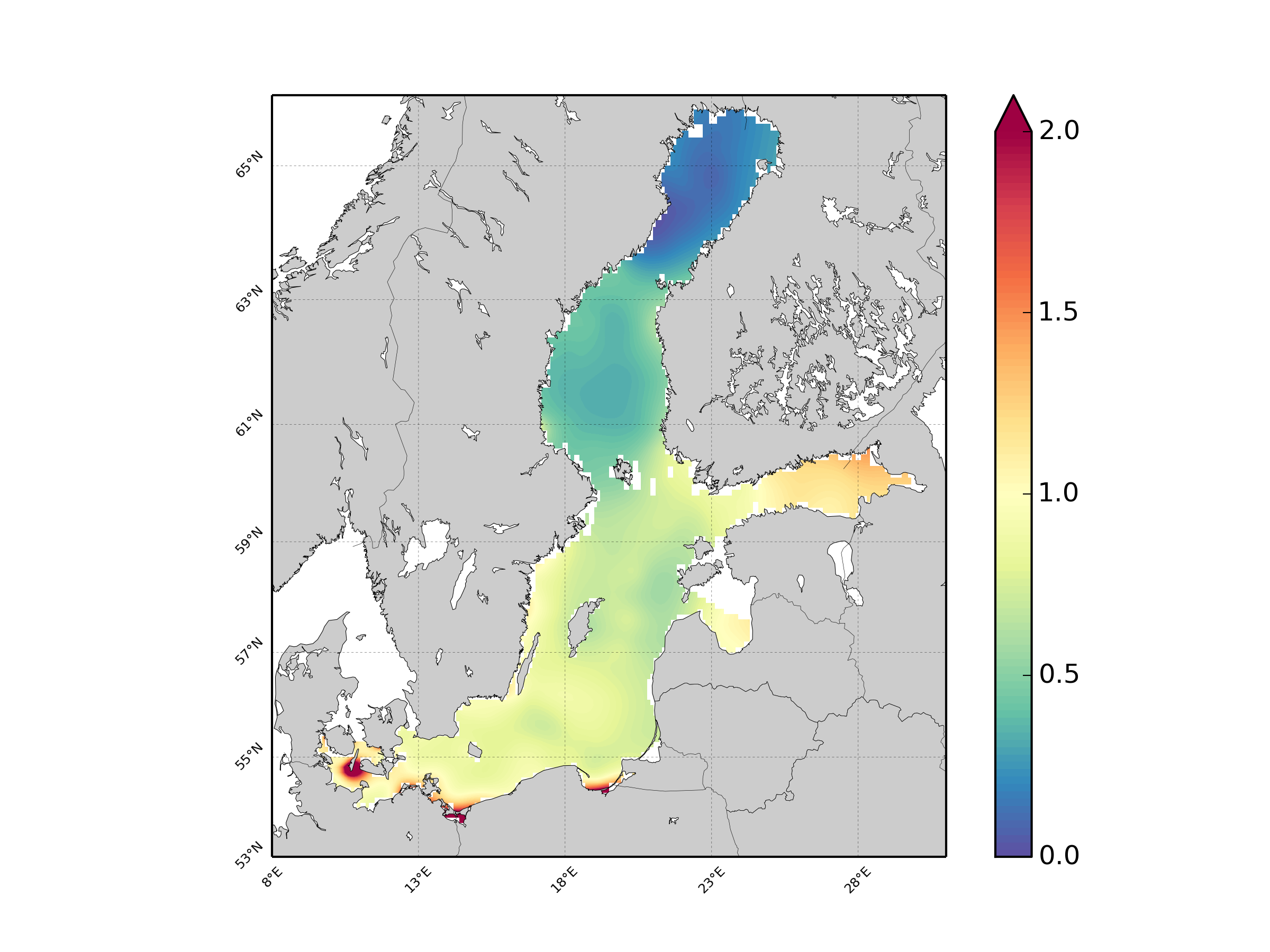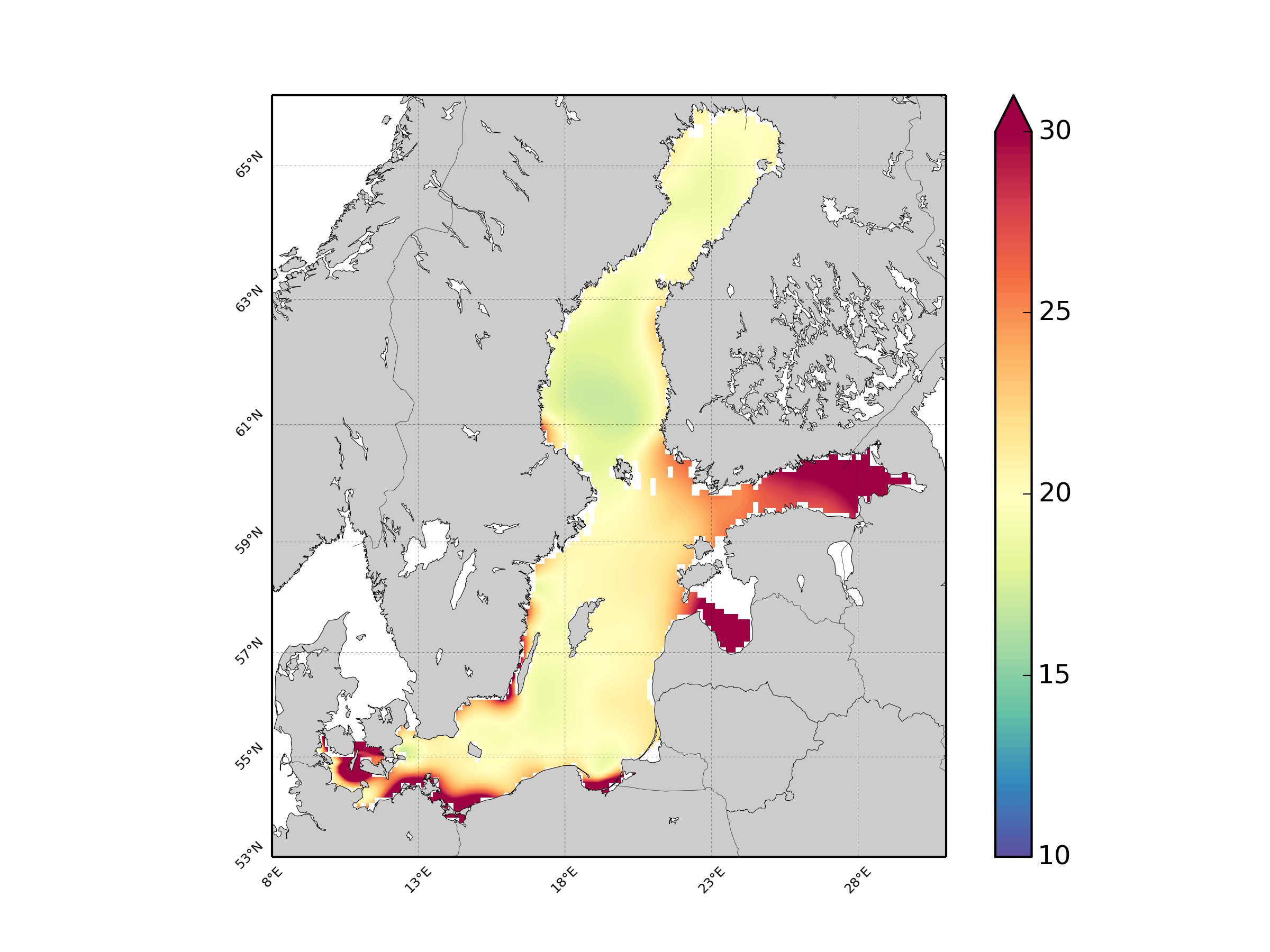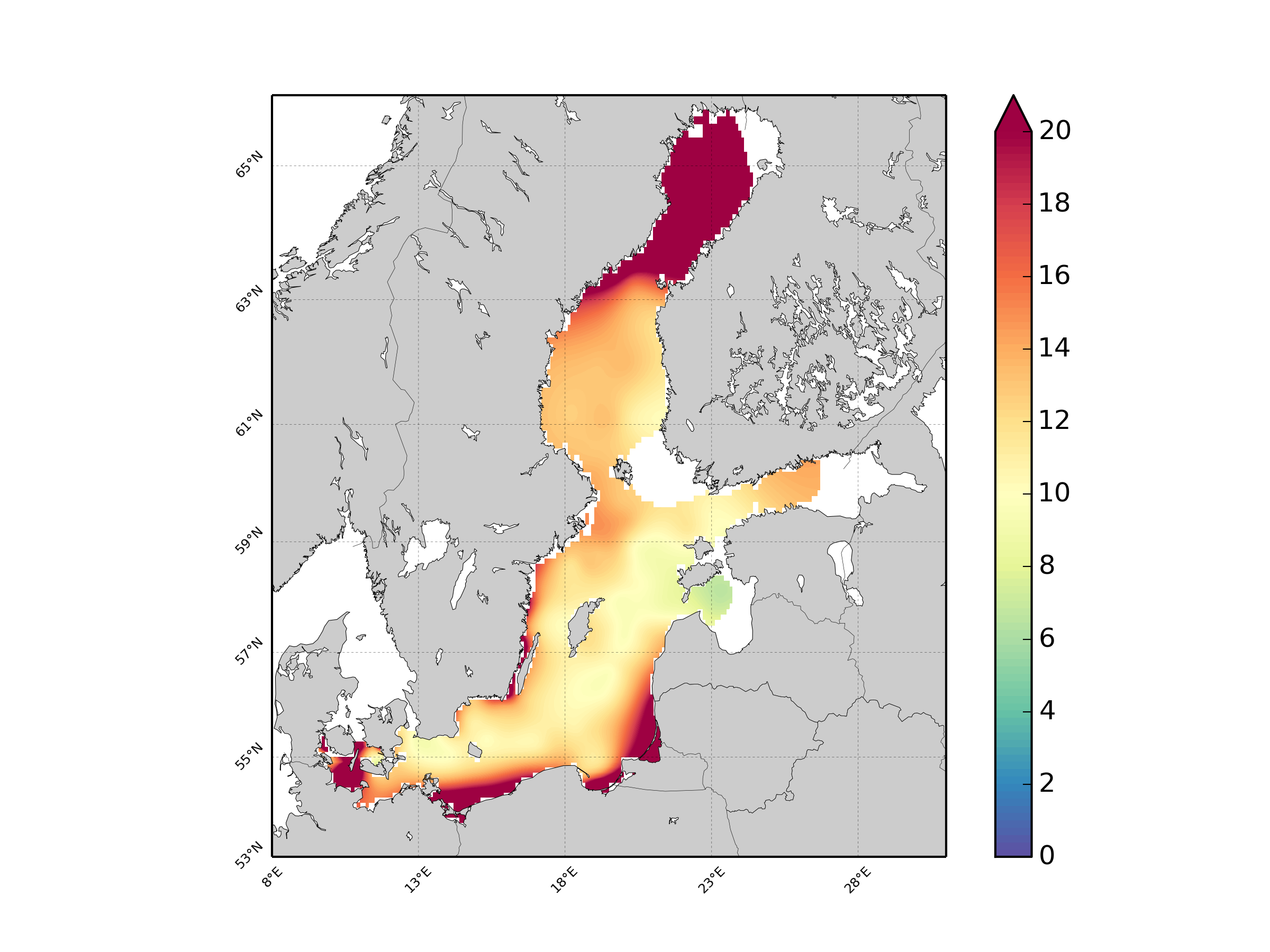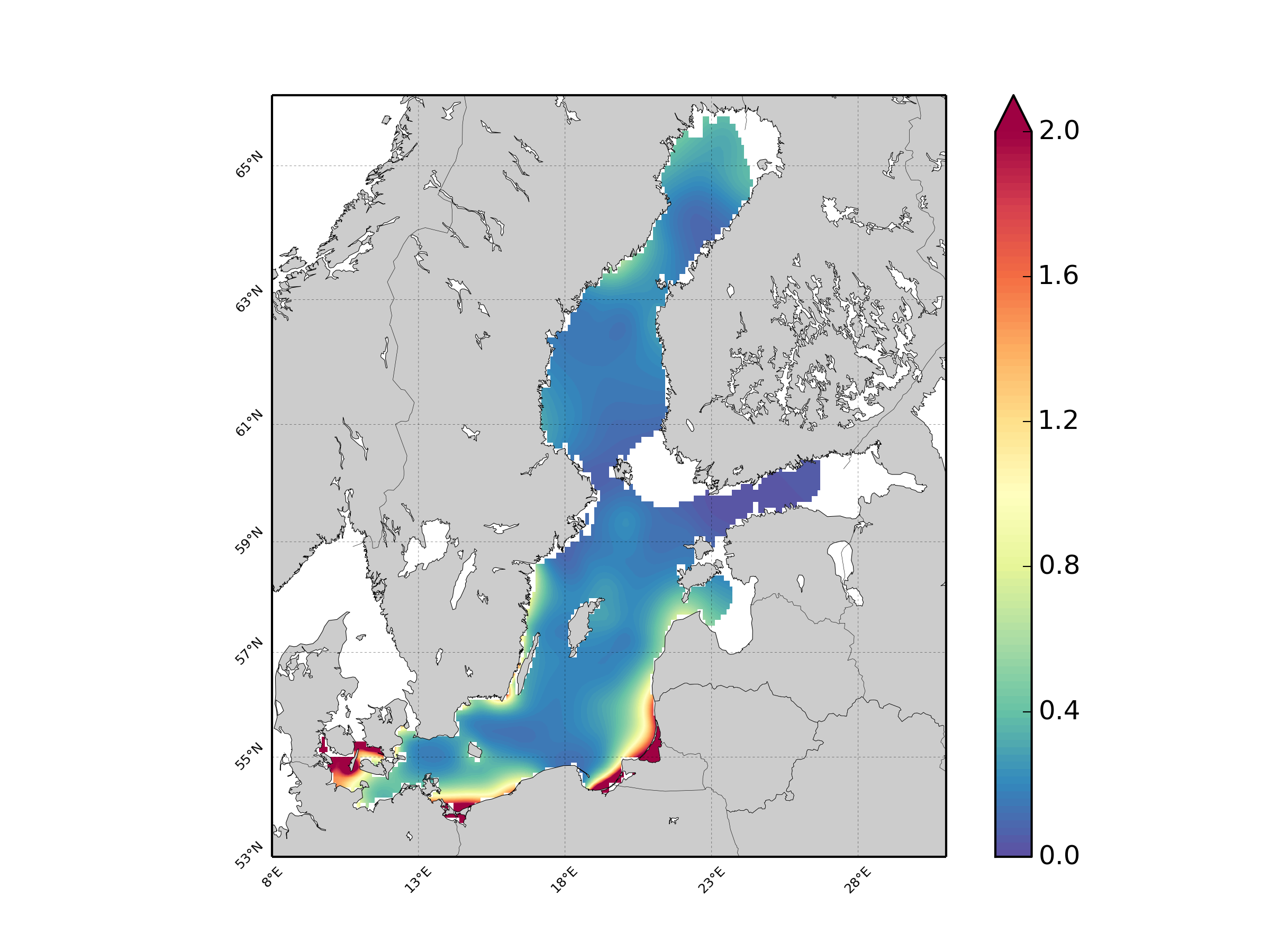Estonian Marine Institute
Type of resources
Available actions
Topics
Keywords
Contact for the resource
Provided by
Years
Formats
Representation types
Scale 1:
Resolution
-
This dataset contains data on catch statistics of the Estonian fisheries for cod, oysters, sardines, mussels and lobster.
-
Quantitative results of benthic flora species/taxon biomass dry weight and areal coverage sampled during Estonian national monitoring in the Estonian coastal sea, Baltic Sea. The samples are taken according to the Manual for Marine Monitoring in the COMBINE programme of HELCOM, annex C-8 and C-9.
-
Zooplankton dataset contains data on the species composition, biomass and abundance of meso- and merozooplankton groups. The data are gathered during the Estonian national monitoring of coastal and open seain the Baltic Sea. Samples are collected vertically from three horizons 1) near-bottom to upper halocline layer, 2) halocline top layer to termocline top layer 3) termocline top layer to surface in accordance with the Manual for Marine Monitoring in the COMBINE programme of HELCOM. The samples are analysed using microscopy. Biomass and abundance records are provided for such groups like Rotatoria, Copepoda, Cladocera etc.
-
Quantitative results of large invertebrates species/taxon biomass and abundance sampled during Estonian national monitoring in Estonian coastal sea, Baltic Sea. The samples are collected and treated in accordance with Manual for Marine Monitoring in the COMBINEprogramme of HELCOM.
-
The dataset contains abundance and biomass for different taxonomical units of phytoplankton (from phylum to species, according to identification accuracy) sampled from Estonian open and coastal waters in the Baltic Sea. Samples are collected with Ferrybox method (sampling depth appr. 5m) or by pooling samples from discrete depths (1, 5 and 10m) in national monitoring stations. Phytoplankton identification and enumeration was carried out using microscopy, biomass calculations were done using volume formulas provided by HELCOM-PEG (phytoplankton expert group) and published in http://www.ices.dk/marine-data/data-portals/Pages/DOME.aspx (PEG BIOVOLUME).
-
Dataset provided to ICES by the Estonian Marine Institute with ichthyoplankton records from the Gulf of Riga (Baltic Sea).
-

Units: umol/l. Method: spatial interpolation produced with DIVA (Data-Interpolating Variational Analysis). URL: http://modb.oce.ulg.ac.be/DIVA. Comment: Every year of the time dimension corresponds to a 10-year centred average for each season : - winter season (December-February), - spring (March-May), - summer (June-August), - autumn (September-November). Diva settings: Snr=1.0, CL=0.7.
-

Units: umol/l. Method: spatial interpolation produced with DIVA (Data-Interpolating Variational Analysis). URL: http://modb.oce.ulg.ac.be/DIVA. Comment: Every year of the time dimension corresponds to a 10-year centred average for each season : - winter season (December-February), - spring (March-May), - summer (June-August), - autumn (September-November). Diva settings: Snr=1.0, CL=0.7.
-

Units: umol/l. Method: spatial interpolation produced with DIVA (Data-Interpolating Variational Analysis). URL: http://modb.oce.ulg.ac.be/DIVA. Comment: Every year of the time dimension corresponds to a 10-year centred average for each season : - winter season (December-February), - spring (March-May), - summer (June-August), - autumn (September-November). Diva settings: Snr=1.0, CL=0.7.
-

Units: umol/l. Method: spatial interpolation produced with DIVA (Data-Interpolating Variational Analysis). URL: http://modb.oce.ulg.ac.be/DIVA. Comment: Every year of the time dimension corresponds to a 10-year centred average for each season : - winter season (December-February), - spring (March-May), - summer (June-August), - autumn (September-November). Diva settings: Snr=1.0, CL=0.7
 EMODnet Product Catalogue
EMODnet Product Catalogue